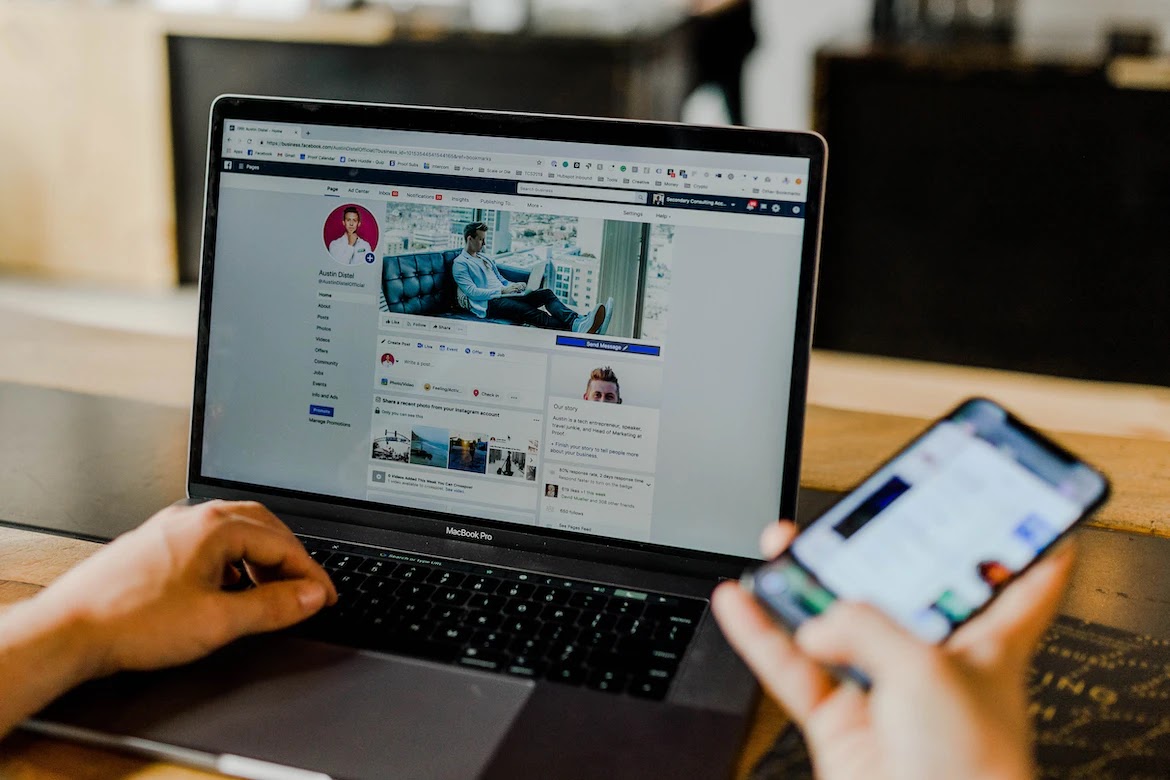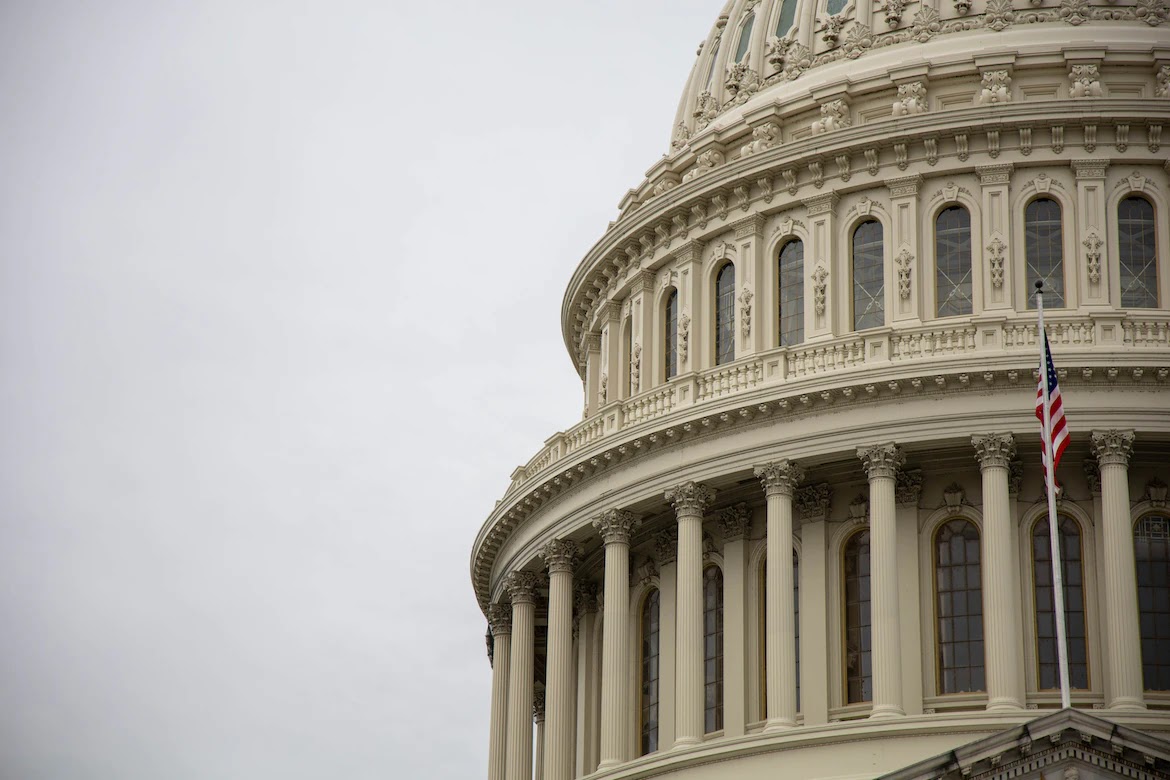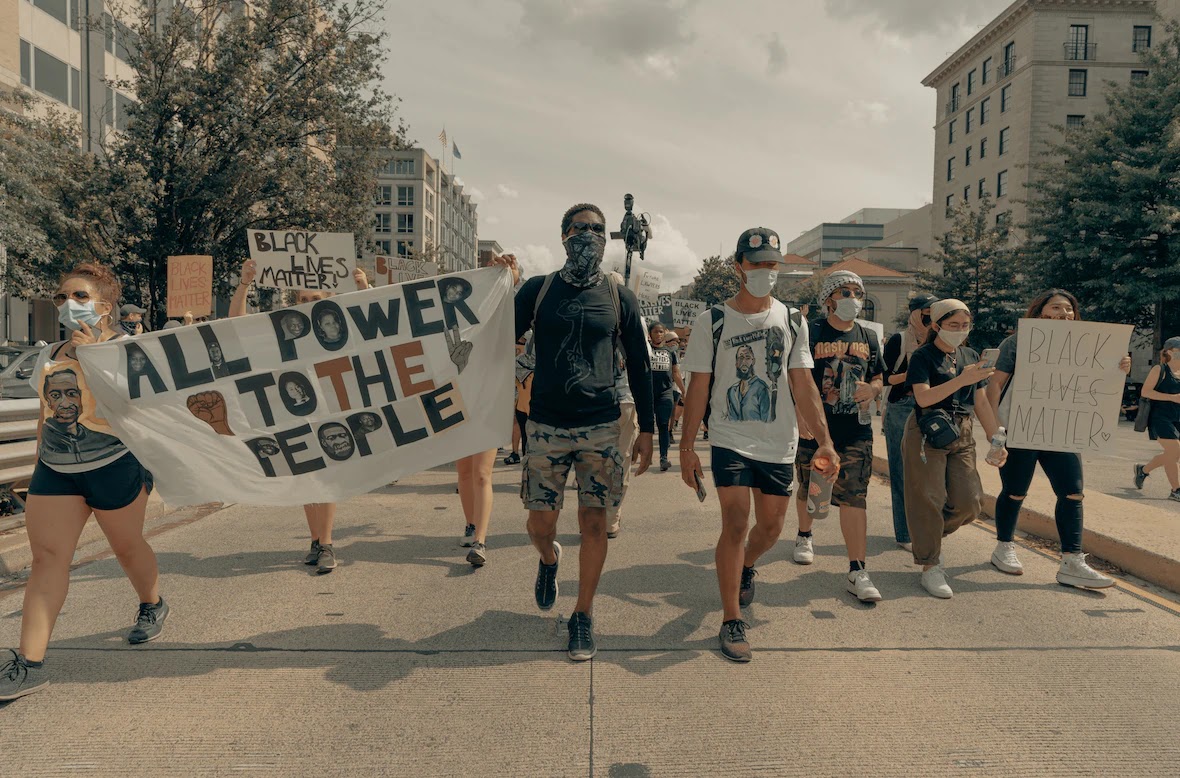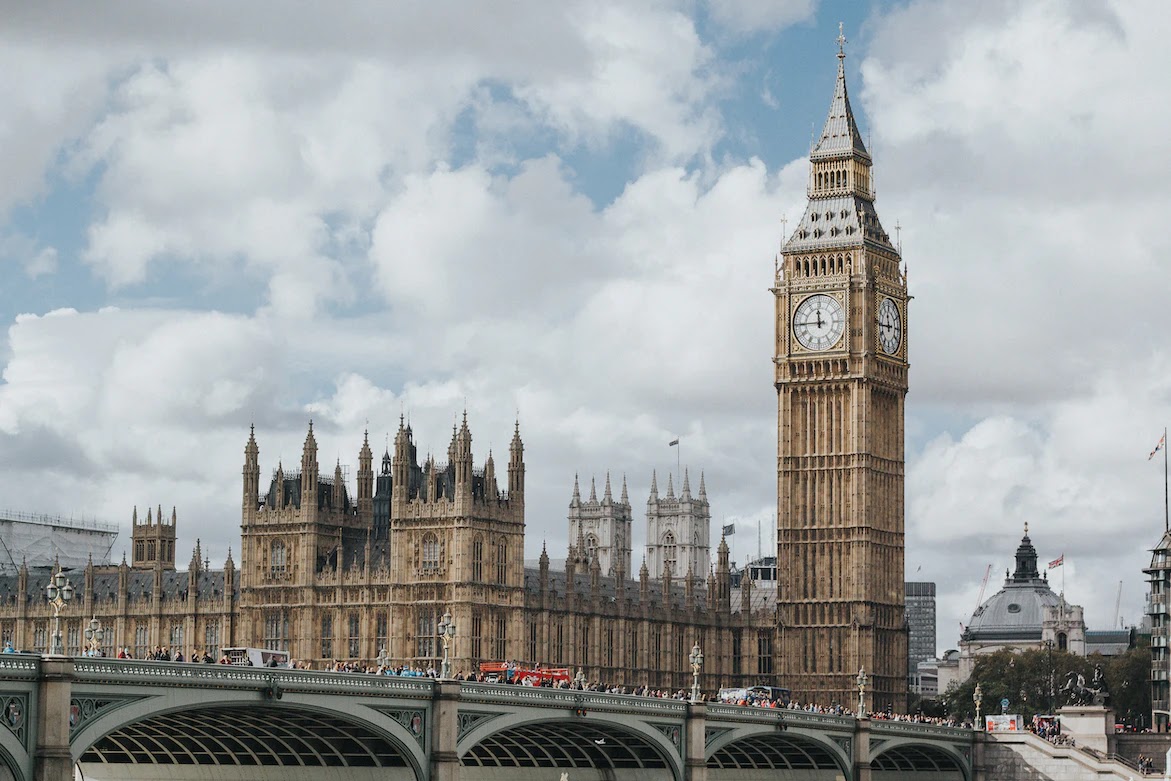 |
| What are the consequences of the rising cost of living? |
The rising cost of living is a major concern for many people around the world. It can have a significant impact on people's lives, both financially and emotionally.
There are a number of consequences of the rising cost of living. Some of the most common consequences include:
1. Financial hardship: The rising cost of living can make it difficult for people to make ends meet. This can lead to financial hardship, such as debt, bankruptcy, and homelessness.
2. Reduced quality of life: The rising cost of living can also reduce people's quality of life. This can happen when people are forced to cut back on essential expenses, such as food, housing, and healthcare.
3. Increased stress: The rising cost of living can also lead to increased stress. This is because people are constantly worried about how they are going to afford the things they need.
4. Social unrest: The rising cost of living can also lead to social unrest. This is because people are more likely to protest or riot when they are struggling to make ends meet.
What are the factors that are driving the rising cost of living?
The rising cost of living is a serious problem that can have a significant impact on people's lives. It is important to be aware of the consequences of the rising cost of living and to take steps to protect yourself.
Here are some tips for coping with the rising cost of living:
1. Create a budget: The first step to coping with the rising cost of living is to create a budget. This will help you track your spending and identify areas where you can cut back.
2. Increase your income: If possible, try to increase your income. This could involve getting a raise, finding a second job, or starting a side hustle.
3. Cut back on expenses: Once you have a budget, you can start to cut back on expenses. This could involve things like eating out less, canceling unnecessary subscriptions, or shopping around for better deals.
4. Get help from government programs: There are a number of government programs that can help people with the rising cost of living. These programs can provide financial assistance, food stamps, and other benefits.
5. Get involved in your community: Getting involved in your community can help you connect with resources that can help you cope with the rising cost of living. You can also join a support group or volunteer for an organization that is working to address the issue of the rising cost of living.
The rising cost of living is a challenge, but it is not insurmountable. By taking steps to protect yourself and your family, you can weather the storm and come out stronger on the other side.













